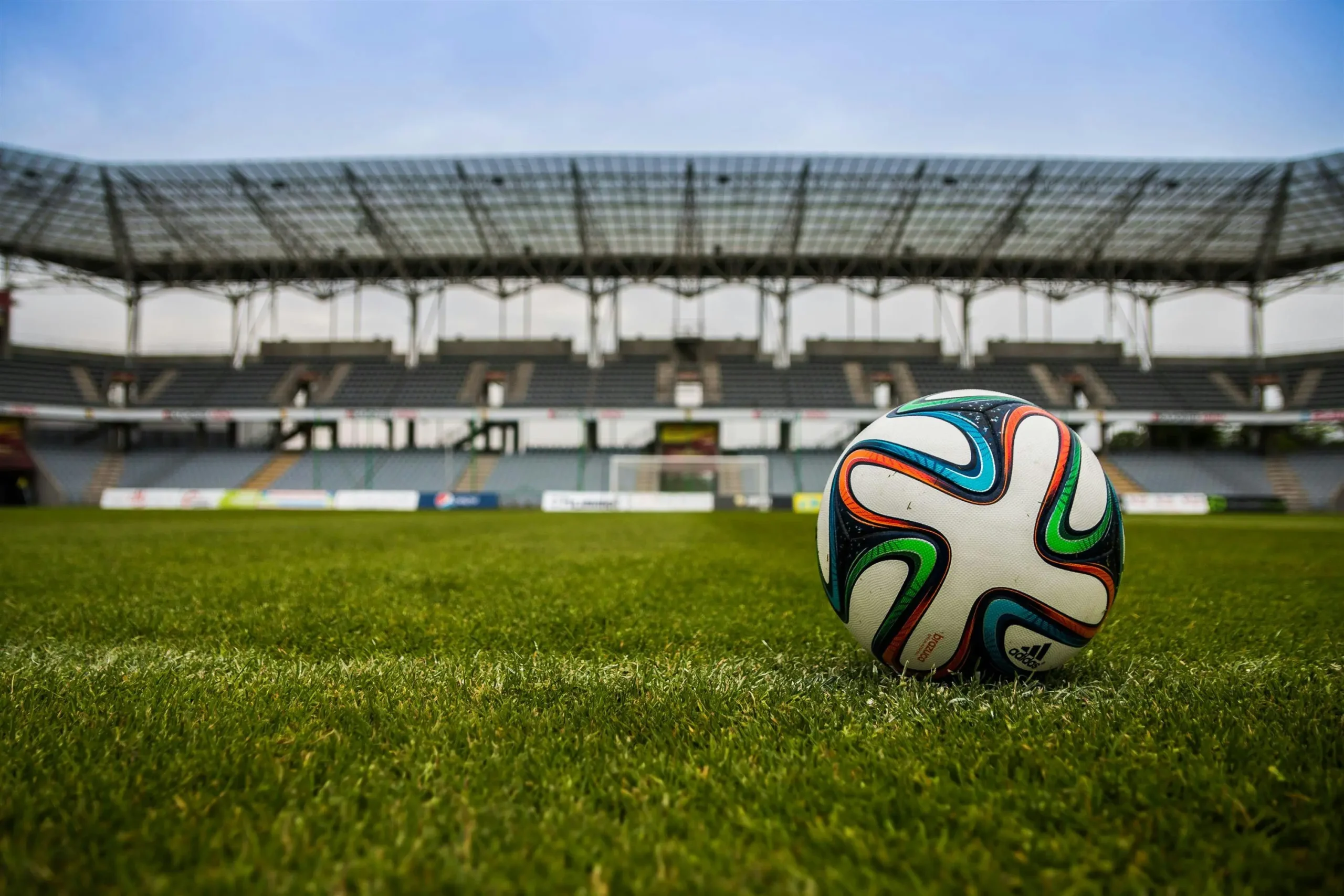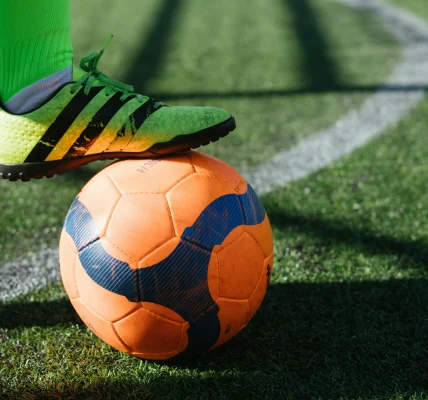Often referred to as the “beautiful game,” football is played all around with various challenges in several environments. From the Middle Eastern heat to the high altitudes of the Andes, a region’s geography and temperature might significantly influence how the game is played. These surroundings affect not only the physical requirements but also the playing style and team strategy decision of the players. This article explores how extreme circumstances change football with an emphasis on the impacts of location and temperature on playing styles, tactics, and player performance.
Football’s Effects on Higher Altitudes
High-alt football has unique challenges. Athletes at locations like La Paz, Bolivia, at 3,600 meters (11,800 feet) above sea level might find major effects from lower oxygen levels. This addresses tactical modification in approach as well as physical state.
1. Physical Demands
At high altitudes, the reduced oxygen levels lead athletes to feel more rapidly weary, have less endurance, and recover slower. By swive more erringly and quickening the ball movement, the thin air affects passing and shooting accuracy. Usually, teams employ altitude training to aid athletes to manage these conditions by boosting their lung capacity and oxygen efficiency, thereby allowing their adaptation.
2. Adjusting For The New Environment
High altitude teams should adopt a more cautious strategy emphasizing on maintaining possession and controlling the tempo of the game to preserve energy. Usually utilized to light athletes’ physical strain are short, quick passes. Teams may defensively decide on a deeper, more compact formation to limit the space opponent may employ, therefore necessitating a slower, more methodical game.
Typically leveraging their circumstances, high altitude home teams aggressively attack opponents early on in the game while they are still adjusting to their surroundings. Early successes with this approach help the home team later on to defend and conserve energy for the full game.
Control Relative Humidity and Extreme Temperature
For players in regions like the Middle East and South-east Asia with high heat and significant humidity, football events might be draining. These conditions need both deliberate changes to cope with the intense heat and careful regulation of players’ physical activity and water consumption.
1. Physical Challenges
High temperatures and humidity can cause heat exhaustion, fast dehydration, and a visible drop in physical performance. The difficulty of players’ bodies to cool down affects their endurance and ability for decision-making. Teams schedule their games in the cooler parts of the day and make frequent water breaks to assist to lower these risks.
2. Strategic Reviews
Emphasizing ball handling and therefore reducing the necessity for quick, high-tempo moves, teams may choose a more regulated, possession-based method of play in extreme heat. This approach helps to save energy and lowers the overheating risk. Moreover, substitutes become crucial part of the strategy as managers are more likely to change players often to keep the squad new.
Teams in these conditions avoid superfluous sprints and focus on tactical discipline, therefore slowing down the speed of the game. Extreme heat may make counter-attacking football, which depends on explosive bursts of pace, somewhat difficult extremely important; teams consequently give systematic build-up play great relevance.
Slippery and Wet Surfaces
In places like the United Kingdom or portions of Northern Europe where there is plenty of rain or continuous damp conditions, football is usually played on moist, slippery surfaces. These events present different types of challenges that demand for teams and athletes to modify their strategies of action.
1. Technical Advancement
Slippery circumstances can make ball control more difficult, which would cause more consistent errors and random bounces. Usually adopting shorter, more precise passes to preserve control, players have to adjust their foot and ball handling technique. These situations emphasize even more the need of first-touch control and quick decisions.
Furthermore affected are shooting and crossing as the damp ball sometimes skips and wanders aimlessly. Goalkeepers should be more responsive to the erratic ball movement; sometimes players have to strike the ball with more force to ensure it fulfills the intended function.
2. Strategic Adjustments
Teams playing in rain could play more directly, stressing long balls and crosses into the box, where the surface’s instability might create scoring opportunities. Teams may use better defensive posture to stop slides catching them or misunderstanding throws.
The physical component of the game is more clear-cut as players are more likely to fall into tackles and guard the ball with their bodies on damp grounds. This might lead to a more aggressive, high-contact style of play in which case officials have to be ready to maintain game control.
Terms for Football Underfreezing
Particularly in Russia, Scandinavia, and some parts of North America, football players have great difficulty during harsh winters. Teams and sportsmen have to make significant adjustments as playing in chilly environments may affect the psychological as well as the physical aspects of the game.
1. Physical Influence
Under freezing conditions, especially in relation to strains and pulls as the cold causes muscles to tension, players’ muscles are more prone to be injured. Teams counsel athletes to preserve muscle flexibility during the game by remaining active and doing longer warm-up activities, therefore countering this.
Moreover challenging in cold air is breathing as it may exacerbate the respiratory system and reduce endurance. The dry, cold air might lead to dehydration; so, players have to pay close attention to their breathing and guarantee appropriate hydration.
2. Strategic Mail
Games in cold might have a more defensive, cautious attitude to be pursued. Long balls and set pieces enable teams rely more on them to create scoring possibilities as the hard, frozen ground might make dribbling and passing more difficult. The pace of the game may slow down as players concentrate on maintaining control and avoiding unnecessary hazards.
Teams working in cold weather often grow mentally as they are more suited for the demands the surroundings offer. On the other hand, visiting teams could find it challenging to adapt, which would lead to more defensive plans aimed to avoid being caught out by the situation.
Geographic Influence on The Football Cultural Identity
Beyond the necessary physical and tactical improvements under difficult conditions, geography is also quite crucial for developing football culture and identity. Environmental challenges teams all around face contribute to define their football philosophy and playing style.
1. The American Flair
Especially in Brazil and Argentina, South America’s moderate climate and passion of football have contributed to create a culture of deft, aggressive play. Unlike other football, South American promotes personal flair, dribbling, and creativity; players polish their technical talents on beaches and streets long before they begin official training.
2. The Physicality of North Eastern Europe
On the other hand, from the colder parts of Northern Europe, a more muscular, direct approach of play has been evident. Because of their often reflecting tough weather and harder pitches, these places have drawn attention on strength, endurance, and aerial ability. Teams from Germany, England, and Scotland are well-known for their strategic discipline and resilience—qualities developed from their physical environments.
3. Andes’ Elevation Advantage
From their great height, Andes countries like Bolivia and Ecuador have obviously created a home advantage. Apart from the physical impact, the thin air shapes the style of play as home teams apply tactics aimed to take advantage of the lack of adaption of their opponent.
Conclusion
Football is a global game with grace in its ability to adapt diverse environments and conditions. From the high-altitude trials of La Paz to the searing heat of Doha to the wet grounds of London to the bitterly cold Moscow, football players and teams have found ways to thrive in all kinds of challenging conditions.
These circumstances have shaped not just the technical and physical aspects of the game but also the cultural character of football in many different places. Geography and climate will definitely aid football to stay changing since they still influence the game and support its diversity and intensity. Football managers and players all over are tenacious and innovative, evidenced by their ability to satisfy these high standards. As football develops in new places, its rich and vivid tapestry will always depend largely on location and temperature.


